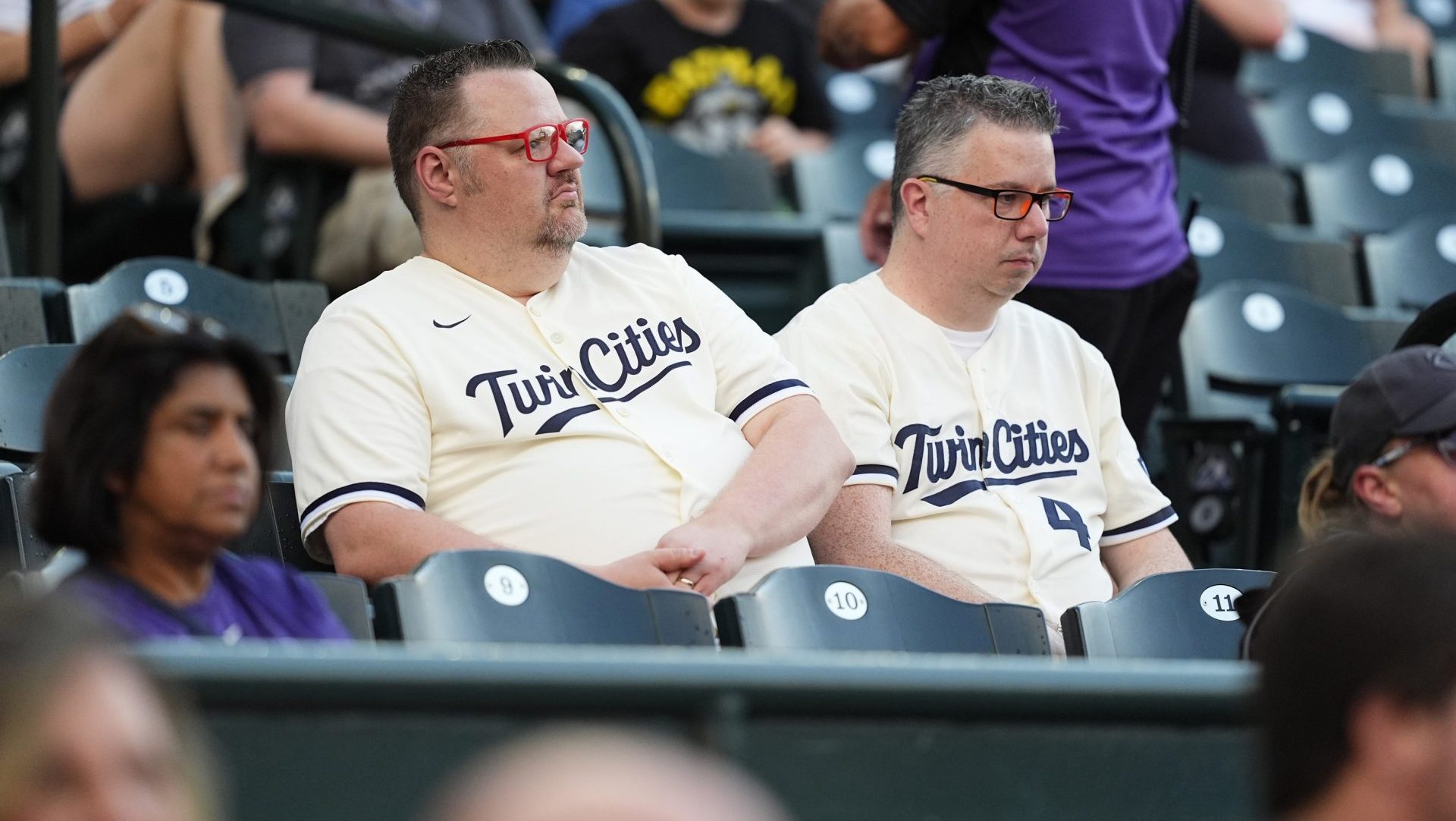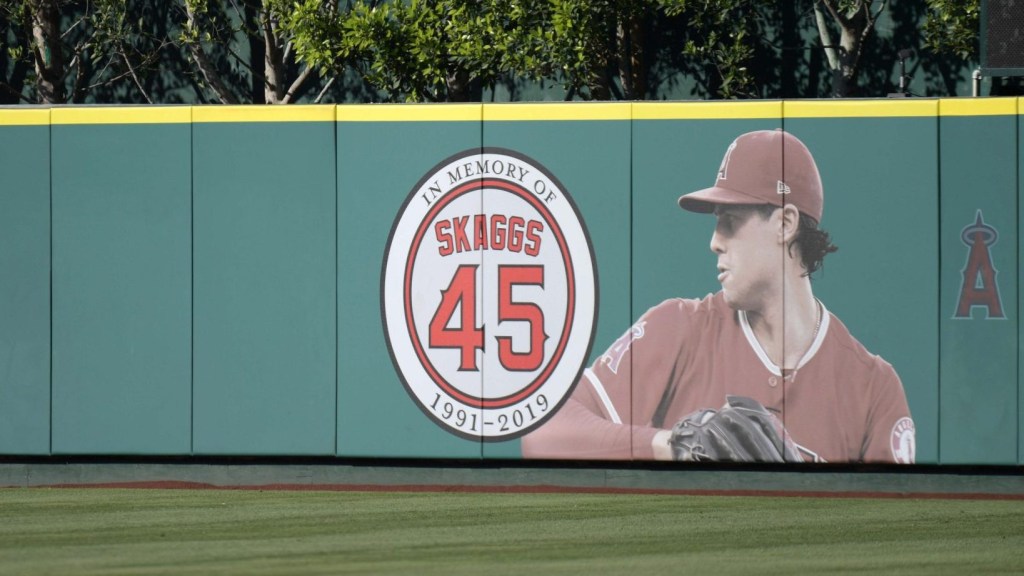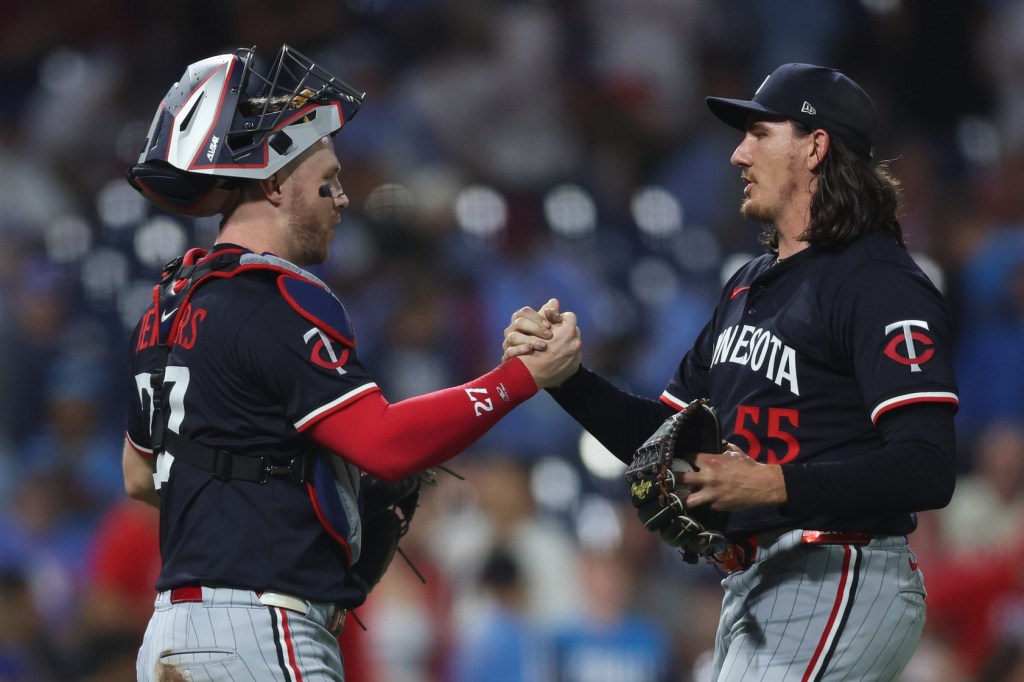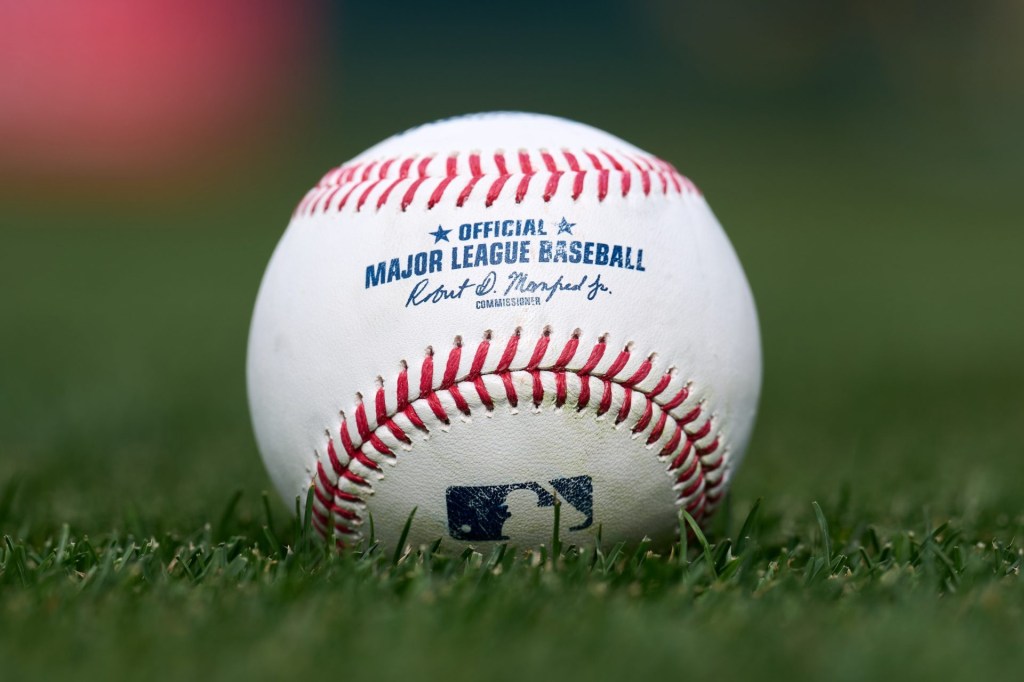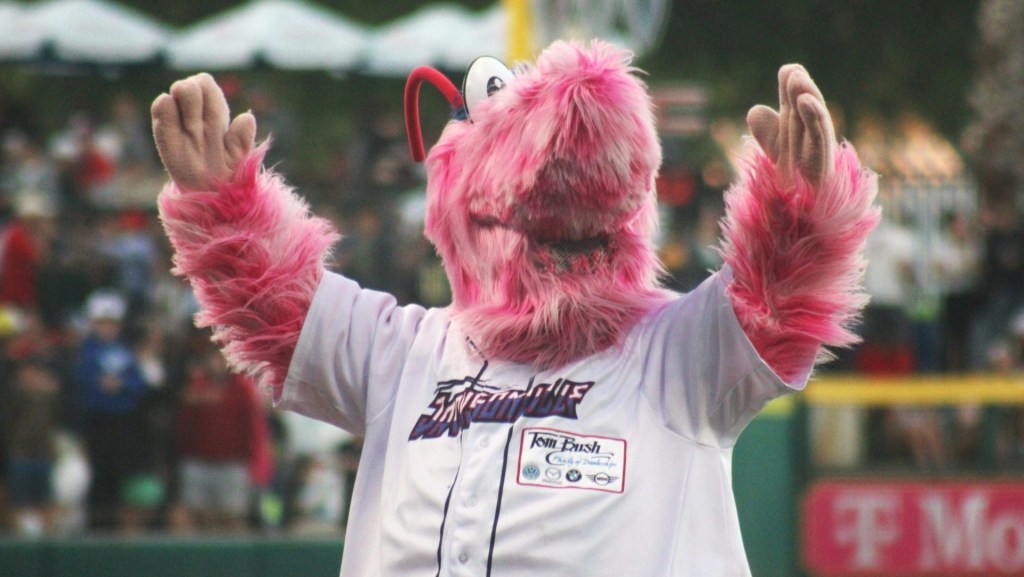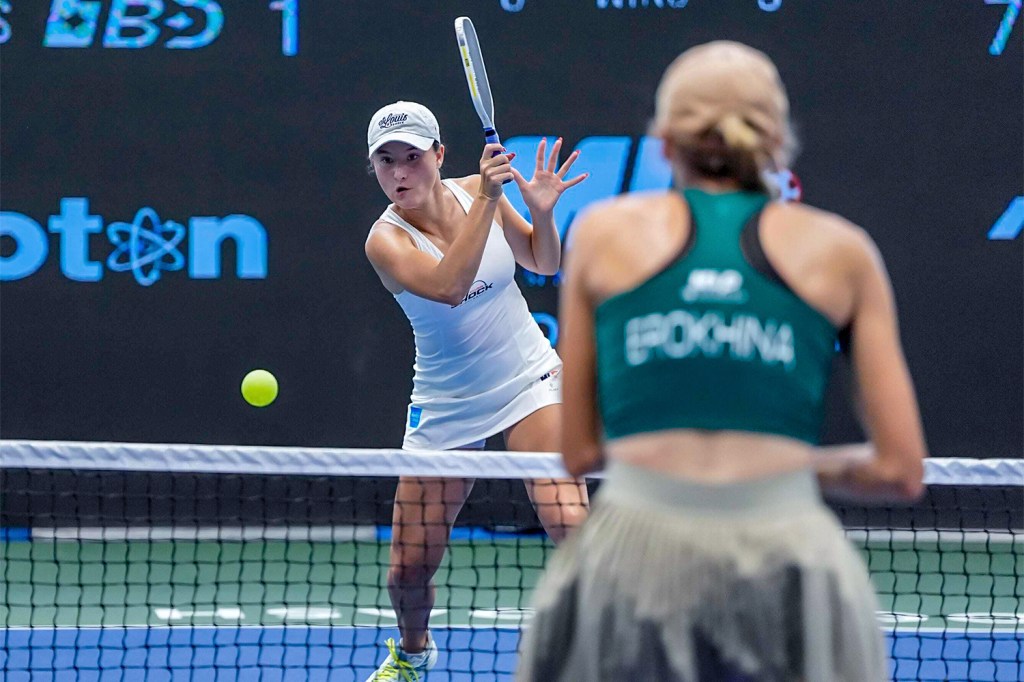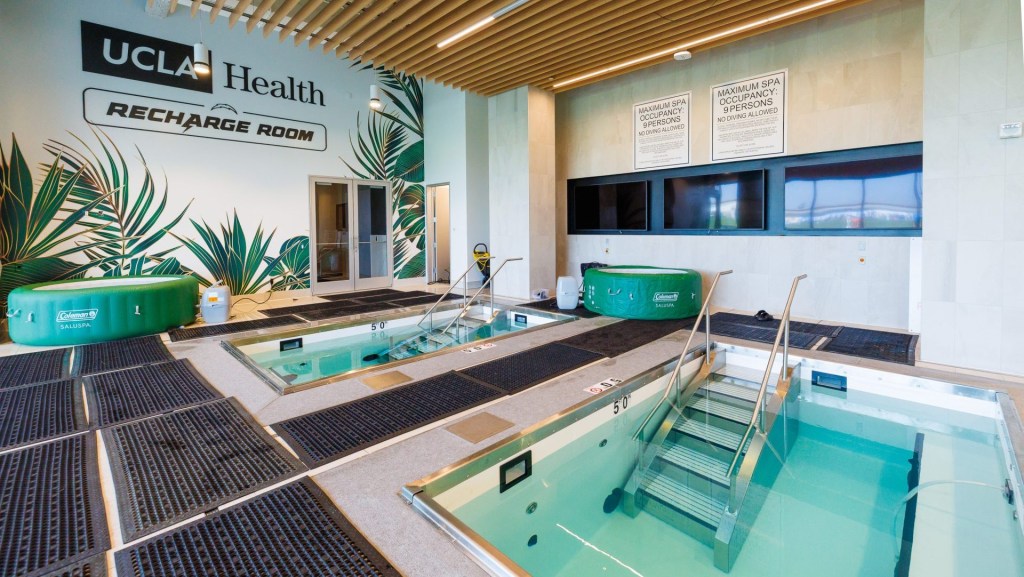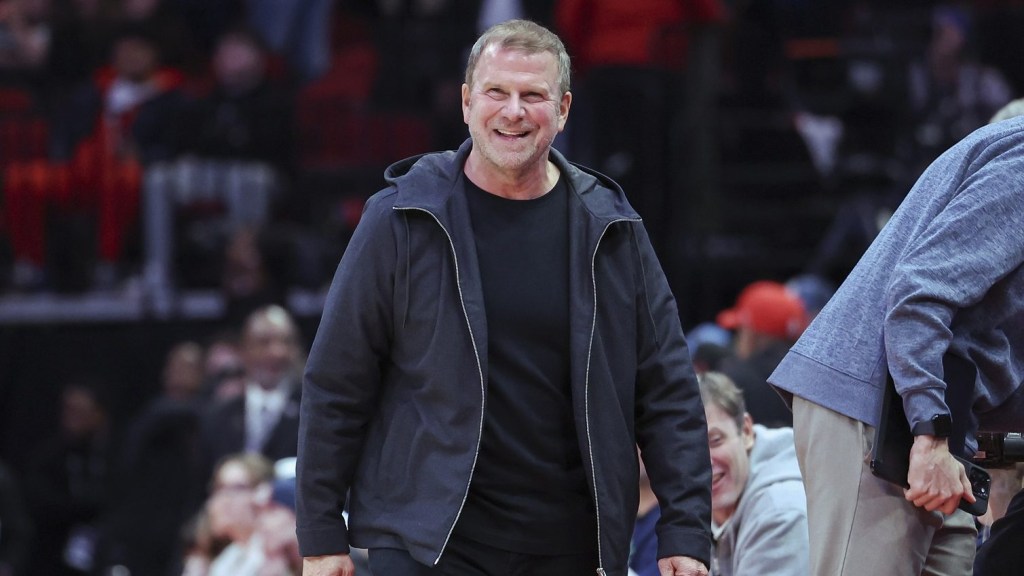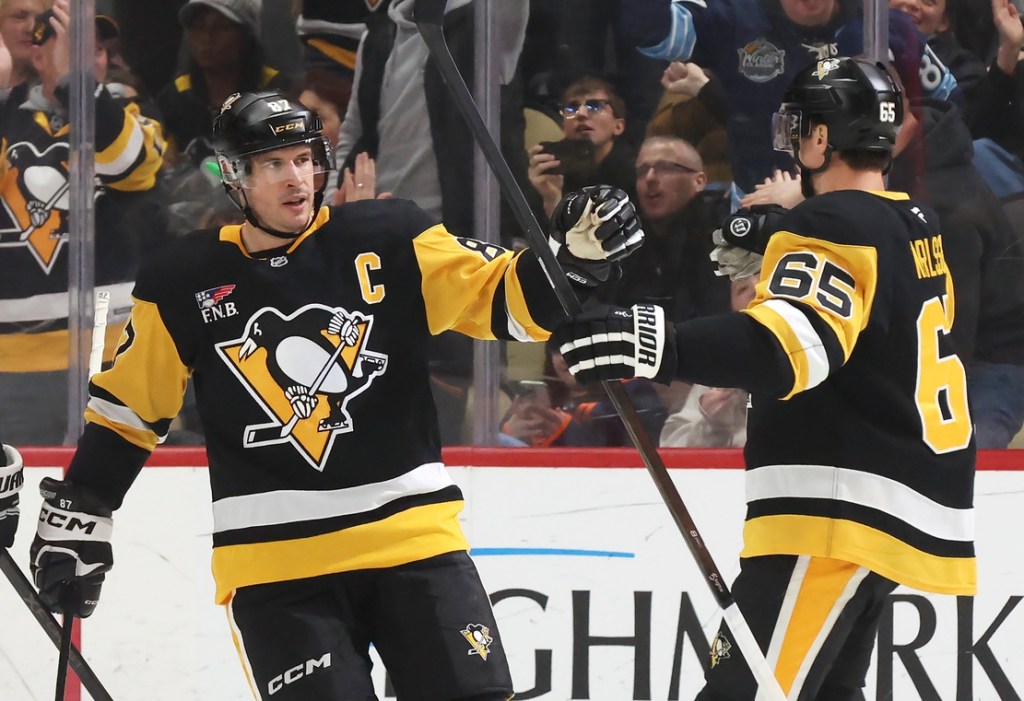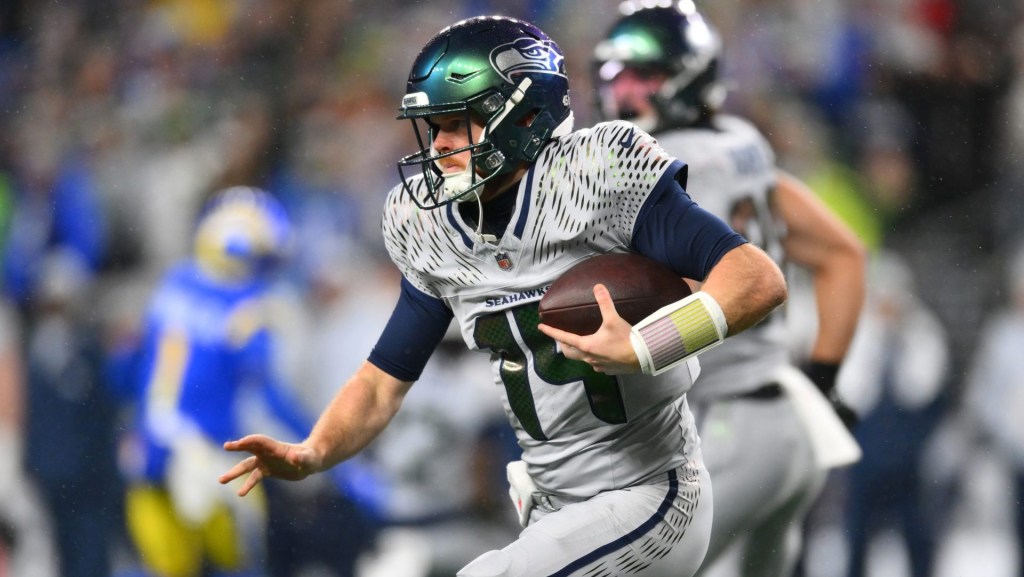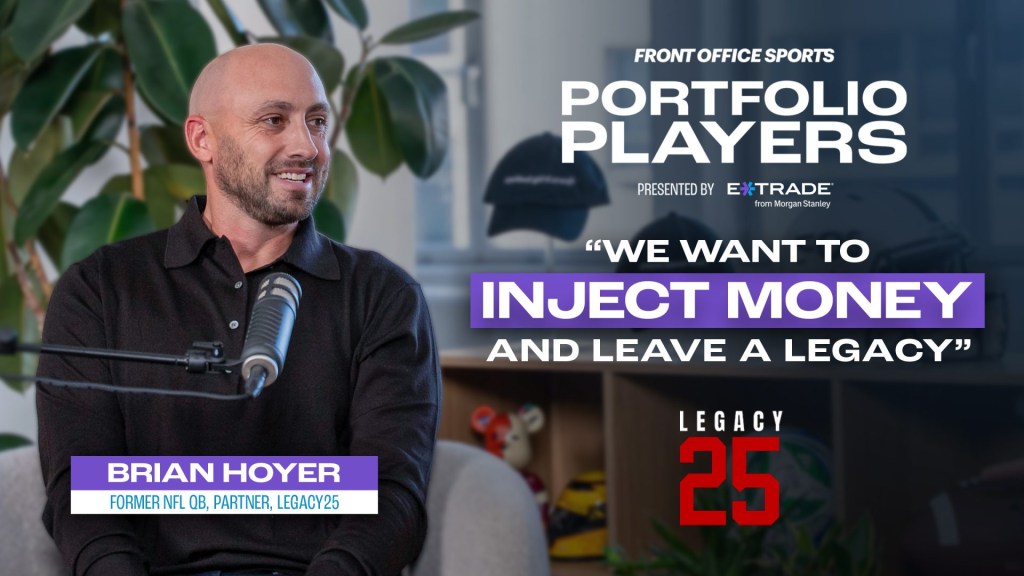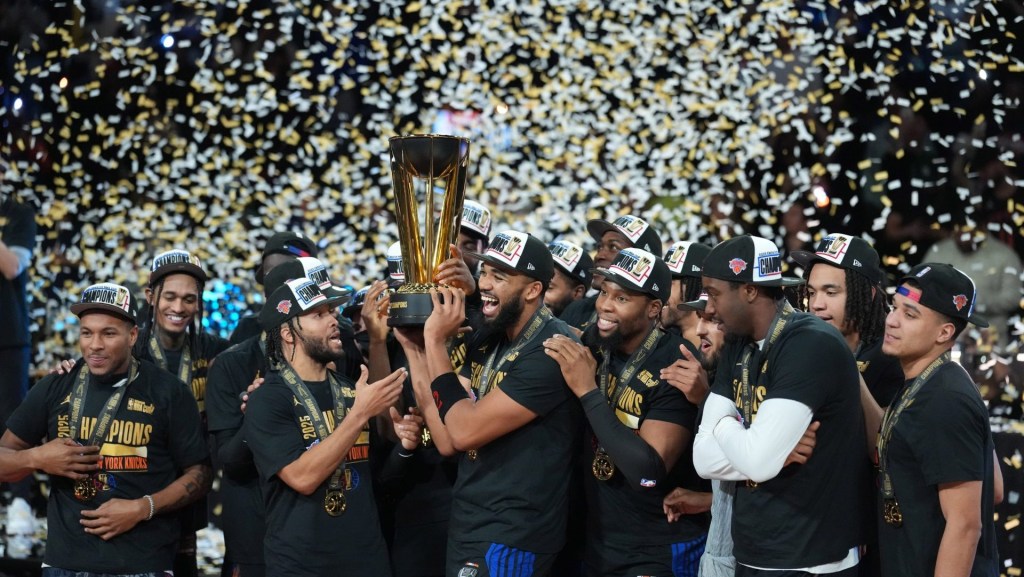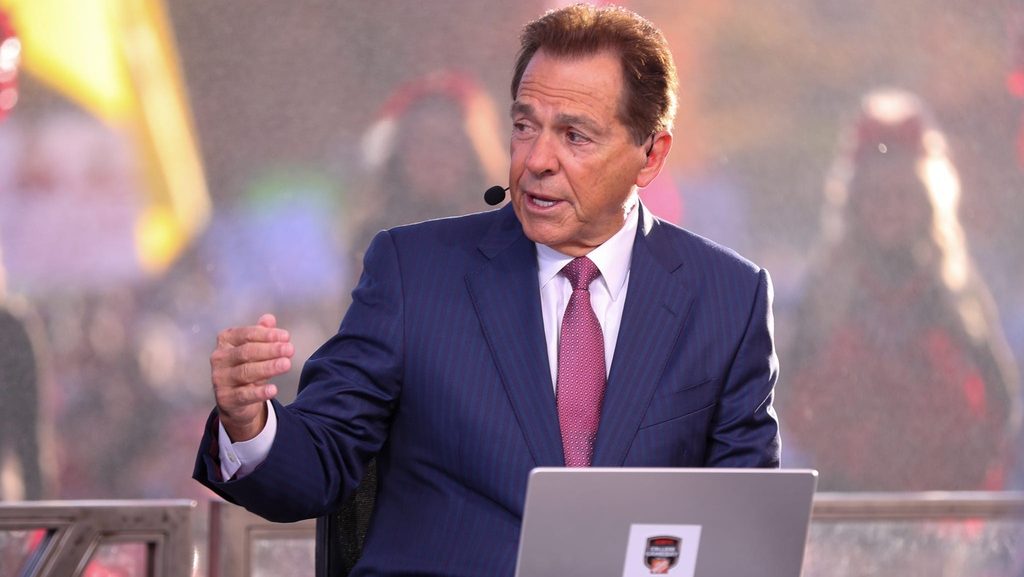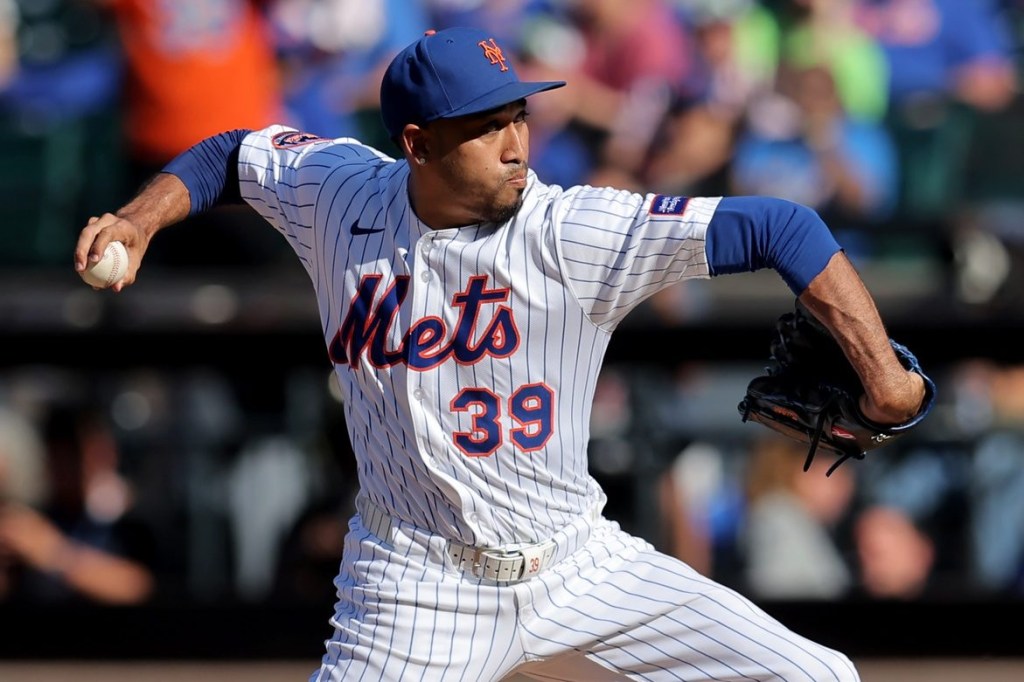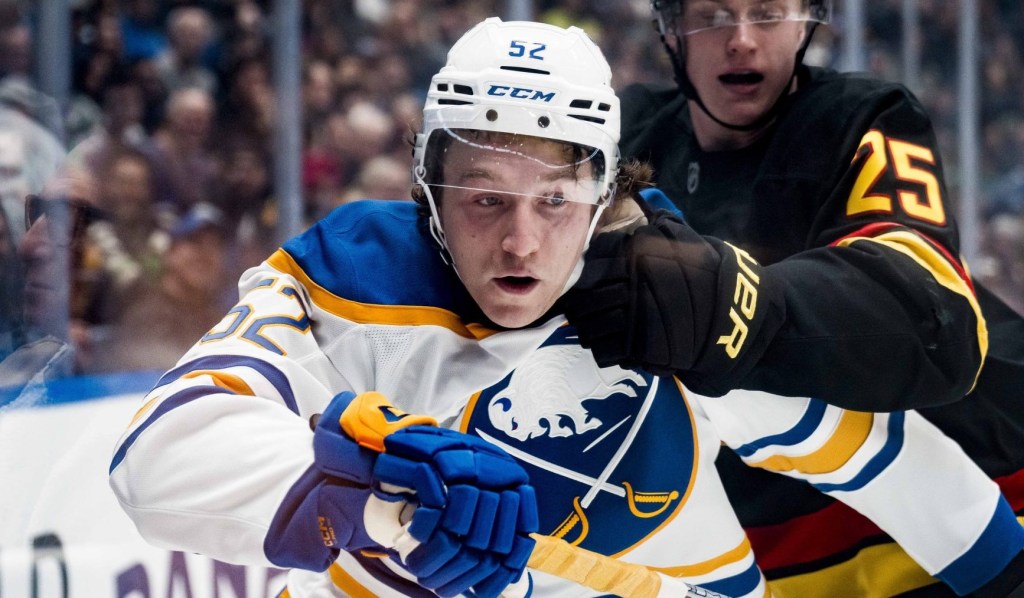The decision by Twins executive chairman Joe Pohlad and his family not to sell majority control of the club has recent precedent to two other MLB franchises, and the historic parallels there do not suggest a promising road ahead for Minnesota.
Nearly a year after putting the club up for sale and then nearing a deal, the Pohlad family said this week it would instead retain control. That about-face mirrors recent reversals by the Nationals and Angels in which both teams’ owners formally put the clubs up for sale, hired investment bankers, and received offers—only to ultimately decide to stay.
Each team is certainly within its rights to change its mind, but neither the Nationals nor the Angels have seen strong results on or off the field since those decisions.
Washington posted a 91-loss season in 2024 after Mark Lerner said early last year that he would keep the club, and another losing season is all but assured this year. Lerner fired two top baseball leaders last month, longtime president of baseball operations Mike Rizzo and manager Dave Martinez, and the Nationals are now positioning for a long-term rebuild.
Additionally, the club’s local media future is unsettled after the settlement of the long-running MASN dispute, and the 17-year-old Nationals Park is beginning to show significant signs of wear.
In Anaheim, a similar situation unfolded when Arte Moreno said in early 2023 that he had “unfinished business.” Since then, the Angels have posted two losing seasons with potential for a third, and lost superstar Shohei Ohtani in free agency. The club plays in MLB’s fourth-oldest ballpark, Angel Stadium, and the facility has not received the recent upgrades the three older ones have had. A possible land deal with the city of Anaheim for a potential new venue collapsed amid local political corruption.
Stacked Deck of Issues
A key difference for the Twins compared to the Nationals and Angels is that they are bringing in two limited partnership groups to aid what is the league’s No. 4 entity in ownership tenure. Those still-unannounced investors will play key roles in reducing Minnesota’s debt load, even without having a pathway to control.
Still, the Twins have no shortage of issues that present a particularly tough path. Among them:
- Fan malaise: Target Field attendance is down 7% this season, and could set the lowest mark in the ballpark’s 15-year history, with the exception of the 2021 season impacted by the COVID-19 pandemic.
- Competitive regression: For many years, a competitive force beyond their market size, the Twins have sunk to become a losing club, have little marquee talent, have a history of low spending, and the club recently gutted much of its roster at the trade deadline—furthering the attendance issues.
- Media uncertainty: Like the Nationals and many other clubs, the Twins are navigating historic disruption across the media industry. Minnesota opted in to MLB’s in-house local media model, and will be looking to recoup lost revenue as MLB commissioner Rob Manfred tries to reconstruct the league’s media business.
- Labor strife: While affecting all 30 clubs, and not just the Twins, growing discord between MLB and the MLB Players Association threatens the 2027 season.
In part because of these labor and media issues in particular, just five other MLB clubs have sold in the last nine years: the Orioles, Mets, Royals, Marlins, and Mariners. A separate, multistage sale of the White Sox is underway. There is growing sentiment in some baseball circles that owners believe a push for a salary cap, while combative, would boost franchise values.
